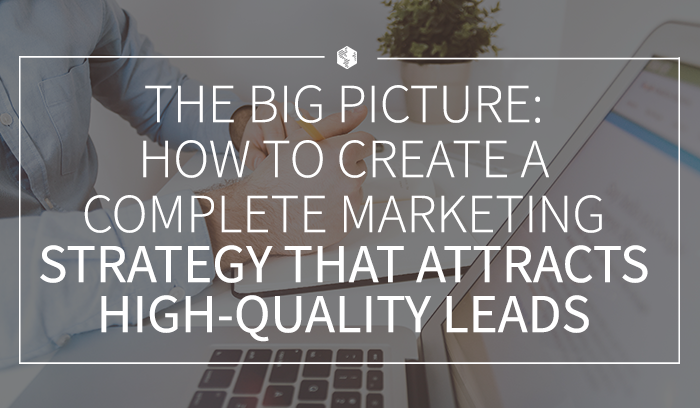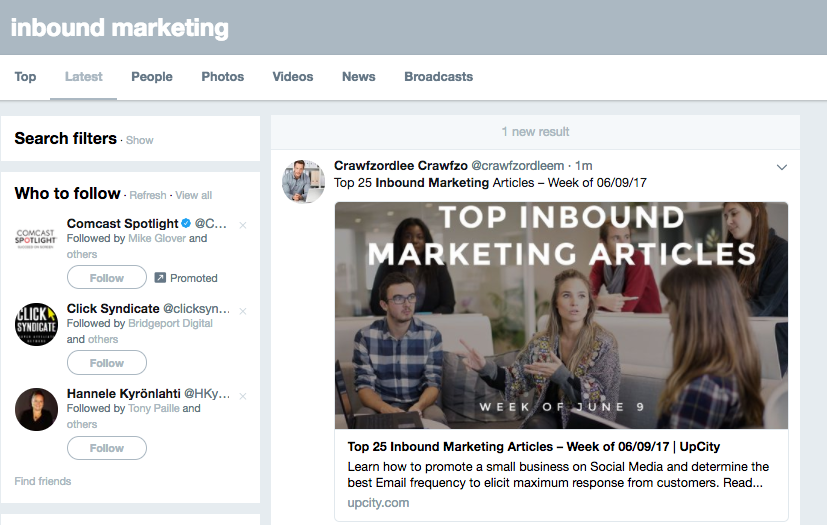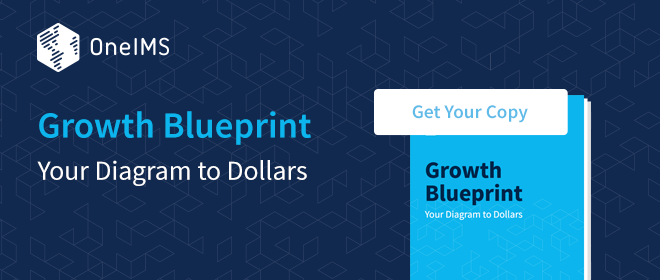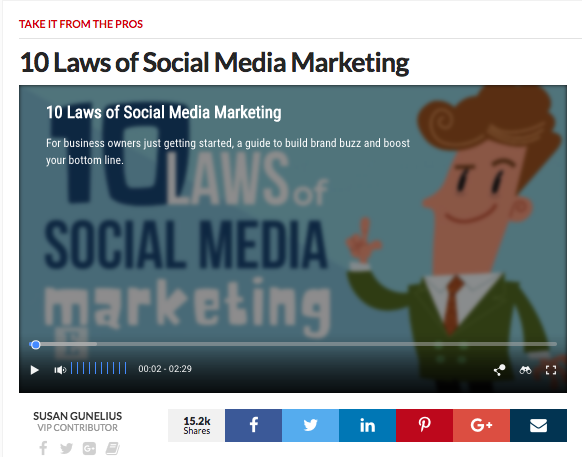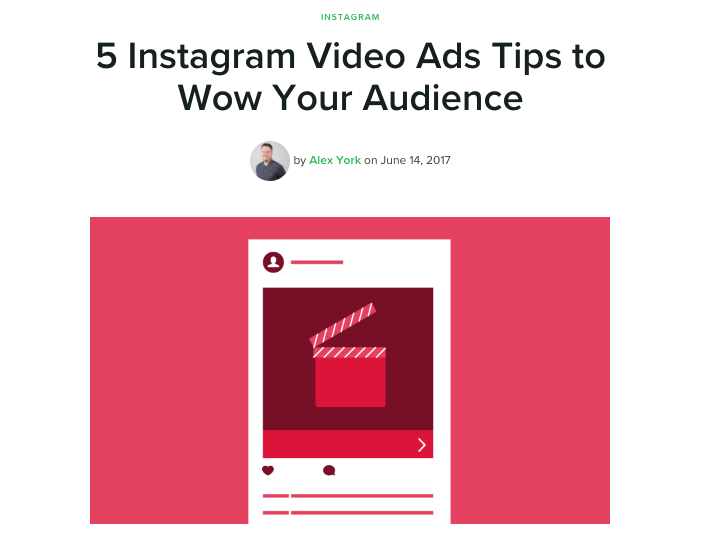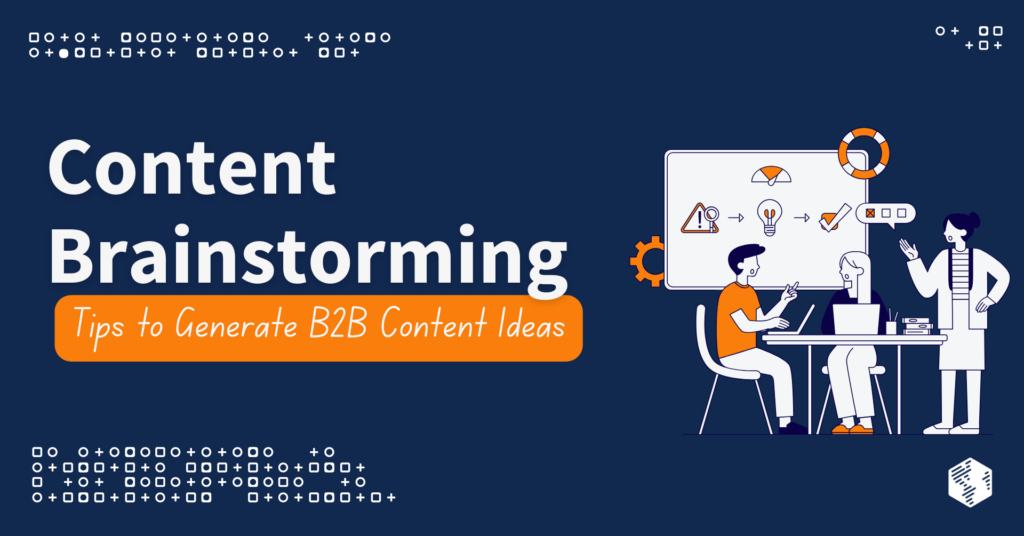Creating a successful digital marketing strategy involves many different techniques and areas of expertise. From SEO to content marketing, there are a lot of ways to promote your products and services online. However, if you’re not considering how each of these pieces work together, your digital marketing plan is likely to fail.
Each component of your digital marketing strategy should take into account the other parts of your plan. In other words, you’ll need to consider the big picture marketing plan you’re creating if you want to attract the most leads and convert them into customers. If you can understand how your SEO, content, social media, and inbound strategy all work together, you should find more success with your marketing efforts.
Let’s take a look at the important big-picture connections you need to consider when creating your marketing plan!
Key Takeaways:
- In order for your marketing strategy to be successful, all components need to function together.
- Your SEO strategy has to take into account both your social media and content marketing plans.
- Content needs to be considered when developing your SEO strategy and creating your inbound marketing plan.
The Relationship Between Social Media and SEO
Both SEO and social media are powerful tools for attracting attention and bringing new leads to your website. While social media enables you to spark conversations with your target audience, SEO lets you answer questions, give advice, or provide solutions by getting your content noticed on search engine results pages.
Unfortunately, many marketers fail to consider how the two can actually work together to get you more results. For example, your social media posts should be engaging, friendly, and personable. In order to attract maximum attention to your brand, however, they also need to include some SEO keywords. Adding keywords to your Facebook, Twitter, LinkedIn and other social media posts can help you in two ways.
First, it can increase the chances that your Tweets and other social posts will appear on relevant search engine results pages. Second, including keywords in your social posts can get them more attention, and enable you to attract people who are using the platform as a search engine of its own. Many people use their Facebook and Twitter pages to get news and updates, or to see what people are saying about a particular topic, such as in this example of a search on Twitter:
Therefore, when creating your social media strategy, consider whether you can craft some posts around keywords. Take a moment to understand how your target audience is searching on social platforms, and determine whether you need to find different keywords to target on social media than you would on a standard search engine.
The Connection Between SEO and Content
Your content strategy is your means of providing entertainment, education, and other resources to your target audience in an effort to encourage them to purchase your products or services. It allows you to establish a connection with your audience, convincing them to trust you enough to convert.
What you may not realize is the major role your content strategy plays in your SEO plans. Without content, your SEO strategy can’t fully develop. While you can do keyword research and create online listings for your company, content is your vehicle for keywords and other optimization efforts. When they work hand-in-hand, content gives your SEO strategy an opportunity to grow and succeed.
Unfortunately, you can’t just create any content and expect your search engine rankings to take off. In order for your SEO strategy to be successful, you need to create extremely valuable content. This is because Google and other search engines want to recommend pages, companies, and offerings that have a proven track record of being useful to searchers. This video from Entrepreneur is an example of content that made it to a top ranking spot. With over 15,000 shares on social media, search engines can correctly guess that it is a high-quality resource:
Ultimately, great content helps your SEO efforts because it is more likely to be shared and brings additional visitors to your pages. When Google or another search engine sees that your content is popular among real audience members, they will push it closer and closer to the top spots. If you’re creating low-quality content that is stuffed with unnecessary keywords and links, you may struggle to even make it to the first page.
The Partnership Between Content and Inbound Marketing
An inbound marketing plan looks to flip the traditional marketing strategy on its head. With traditional marketing, companies try to grab their audience members’ attention to make them pay attention to their content. On the other hand, an inbound strategy creates content that is available to audience members right when they’re ready to view it. It allows for more qualified leads, greater trust, and a smaller budget.
An inbound plan typically involves many different components, but your content is one of the most important. That’s because leads and customers often come to your company because of the quality of your content. When they’re looking for information, answers, or even entertainment, audience members are going to look for content they can connect with. If the quality of yours is low, you won’t be as successful at bringing new in leads.
Content fuels your inbound strategy through every phase of the process. From the initial awareness you need to create, to finally converting leads into customers, various forms of content need to be created to help push your target audience members through the process. However, the types of content may look different at each phase, so it’s important to consider where your audience member is in the buyer’s journey. For example, this blog post from Sprout Social is a great piece of content for the awareness phase of an inbound plan:
When creating content for your inbound strategy, first consider the various needs your audience members will have as they progress through the buyer’s journey. By creating high-quality content that is always available right when people need it, you can continue to build trust and persuade your leads to convert into paying customers.
Conclusion
Keeping a close eye on the big picture plan you create for your marketing and promotion is incredibly important. If you’re trying to make each of the individual pieces work without considering how they fit together, you’ll never be able to develop a strategy that truly connects with your audience.
Let’s recap the three important relationships you’ll want to consider when creating a complete marketing strategy:
- You can use your social media strategy to boost your SEO efforts, and vice versa.
- SEO and content work hand-in-hand to attract more leads.
- For your inbound strategy to be successful, you’ll first need to create strong content.
Which relationship do you think will be the most important for your business? Let us know in the comments section below!
Image Credit: Pexels.


